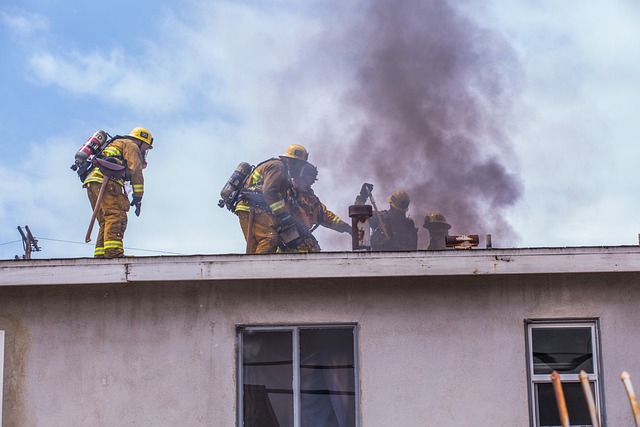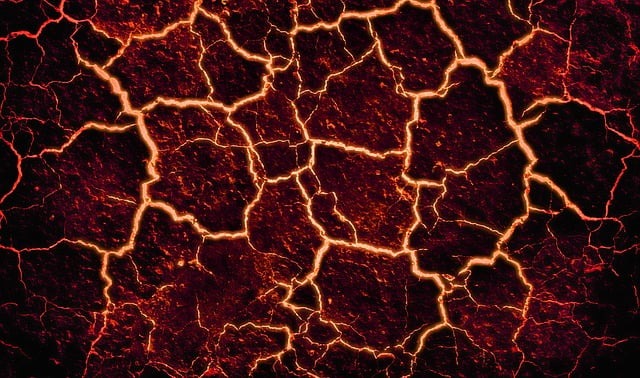Water and fire damage mitigation is critical for California homeowners aiming to sell their properties, as it directly impacts value and market appeal. Prompt action involves assessing damage, extraction, drying, decontamination, and restoration techniques to protect property value and streamline sales. Transparent disclosures, professional restoration services, and thorough documentation are vital in dealing with wildfire-related water damage, navigating legal regulations, and maximizing ROI in a competitive real estate market like California.
“Water damage mitigation is a critical aspect of real estate, especially in California, where fires are a recurring concern. This comprehensive guide delves into the essential practices of water damage restoration, offering insights for both homeowners and sellers. From understanding the scope of damage to navigating legal considerations, we provide a step-by-step approach.
Learn about unique challenges specific to California’s fire-prone areas and discover efficient, cost-effective strategies for repair. Whether preparing your home for sale or addressing water issues post-fire, this overview ensures you’re equipped with the knowledge to mitigate damage effectively.”
- Understanding Water Damage Mitigation: A Comprehensive Overview
- Fire Damage and Water Issues: Unique Challenges in California Real Estate
- Assessing the Scope of Water Damage for Selling Your Home
- Step-by-Step Guide to Effective Water Damage Restoration
- Legal and Safety Considerations for Mitigating Water Damage in Homes
- Tips for Efficient and Cost-Effective Water Damage Repair for Sellers
Understanding Water Damage Mitigation: A Comprehensive Overview

Water damage mitigation is a crucial process for homeowners, especially those in California considering selling their property. When a house sustains water damage, whether from leaks, flooding, or natural disasters like wildfires, prompt action is essential to prevent further deterioration and potential health hazards. In the context of selling a house with fire damage California residents often face, understanding this process becomes paramount.
Comprehensive mitigation involves assessing the extent of the damage, identifying affected areas, and implementing strategies to remove water and moisture effectively. This includes methods such as extraction, drying, decontamination, and restoration techniques. For instance, after a wildfire, besides addressing structural fire damage, mitigating water harm is vital to avoid mold growth and ensure a safer, more appealing home for potential buyers. Efficient mitigation not only protects the value of the property but also facilitates a smoother selling process in the competitive California real estate market.
Fire Damage and Water Issues: Unique Challenges in California Real Estate

In California, real estate transactions often present unique challenges due to the state’s frequent wildfire season. When a property experiences fire damage, it doesn’t just leave physical marks; it also introduces complex water issues that can significantly impact the selling process. After a fire, structures may have sustained water damage from firefighting efforts, leaving behind remnants of moisture and potential mold growth. These hidden dangers can be a significant concern for prospective buyers, especially when considering the added cost of repairs and remediation.
Selling a house with fire damage in California requires careful navigation. Buyers will often demand thorough disclosures and inspections to understand the full extent of the property’s history. Real estate agents and sellers must disclose any known water-related issues, such as leaks or previous flooding, to avoid legal complications. Efficient mitigation strategies are crucial; promptly addressing water damage through professional restoration services can help protect buyers’ investments and streamline the selling process.
Assessing the Scope of Water Damage for Selling Your Home

When considering selling your home in California, assessing water damage is crucial. The extent of water intrusion and subsequent damage can significantly impact a buyer’s decision and negotiation. In cases of severe water damage, such as from floods or leaks, it’s essential to employ professional water mitigation services to restore your property to its pre-damaged state.
California’s diverse climate presents varying challenges for homeowners, from sudden flash floods to persistent leaky pipes. Thoroughly documenting the water damage scope is vital. This includes taking detailed photos and creating a comprehensive list of affected areas and items. This process not only helps in insurance claims but also provides transparency to potential buyers, ensuring a smooth selling experience.
Step-by-Step Guide to Effective Water Damage Restoration

Water damage can significantly impact a home’s value, especially when preparing to sell in competitive markets like California. A timely and thorough restoration process is crucial for mitigating losses and ensuring your property’s appeal to potential buyers. Here’s a step-by-step guide to effective water damage restoration tailored for those looking to sell their house with fire damage in California:
1. Containment: The first step involves containing the affected area to prevent further contamination or damage. This includes shutting off the main water supply and sealing off damaged areas with plastic sheeting. For fire damage, address any remaining heat sources and ensure proper ventilation to avoid smoke odours lingering in the air.
2. Water Extraction: Use professional-grade equipment to extract standing water from your property. This process removes visible water and starts drying out the space. It’s vital for preventing mold growth and structural damage. Remember, thoroughness is key; check all affected areas, including walls, floors, and furnishings.
3. Drying and Dehumidification: After extraction, implement a strong drying and dehumidification strategy. This step can take several days, depending on the severity of the water damage. Utilise fans, heaters, and dehumidifiers to lower humidity levels and accelerate drying time. Regularly monitor the process with moisture meters to ensure every affected area is dry enough to move forward.
4. Restoration and Repair: Once everything is dry, begin the restoration process. This involves repairing or replacing damaged materials like walls, floors, and ceilings. For fire-damaged homes, address any charred or smoke-discolored surfaces, and consider repainting for an aesthetic refresh. In cases of severe water damage, structural repairs might be necessary to ensure the home’s safety and stability.
5. Odour Removal: Fire and water damage can leave behind unwanted odours. Implement a thorough cleaning and deodorising strategy using professional-grade odour eliminators. Ensure all surfaces are cleaned, and consider replacing affected items like carpets or furniture that may be difficult to decontaminate.
6. Professional Inspection (Optional but Recommended): Before putting your home on the market, consider hiring a professional inspector. This step provides an unbiased assessment of the restoration work done and can give potential buyers confidence in the property’s condition.
Legal and Safety Considerations for Mitigating Water Damage in Homes

When mitigating water damage in homes, especially in California where real estate regulations are stringent, it’s crucial to consider both legal and safety aspects. Homeowners or property managers must ensure that all restoration work adheres to local building codes and health standards. This includes proper disposal of contaminated materials, as water intrusion can lead to mold growth, posing significant health risks. Engaging licensed professionals who understand these regulations is essential for avoiding legal issues.
California laws often require specific documentation and permits for certain types of repairs, especially if the damage affects structural elements or involves asbestos or lead-based paint removal. Selling a house with fire or water damage in this state may require additional disclosures to potential buyers, so ensuring compliance from the outset is crucial to avoid legal complications during the sales process.
Tips for Efficient and Cost-Effective Water Damage Repair for Sellers

When selling a house with water damage in California, efficient and cost-effective repair is key to maximizing your return on investment. Start by assessing the extent of the damage – from minor leaks to severe flooding, each scenario demands tailored solutions. Prioritize tasks based on urgency; address structural integrity issues first, then move on to cosmetic repairs like drywall replacement or carpet cleaning.
Engage qualified professionals for specialized tasks such as mold remediation and pipe repair to ensure the work is done right and prevent further damage. Keep detailed records of all repairs, receipts, and communication with contractors – this documentation will be invaluable during the selling process. By staying organized and informed, you can effectively navigate water damage repairs, ensuring a smoother transition when selling your California home.
When selling a house with fire damage in California, proper water damage mitigation is crucial. Understanding the unique challenges posed by both fire and water issues, as outlined in this article, can help homeowners effectively assess and restore their properties. By following the step-by-step guide and legal considerations provided, sellers can ensure a cost-efficient and safe process that enhances their home’s value, even after disasters like fires. Efficient water damage repair is not just about restoration; it’s about transforming a potential setback into an opportunity for a fresh start.






